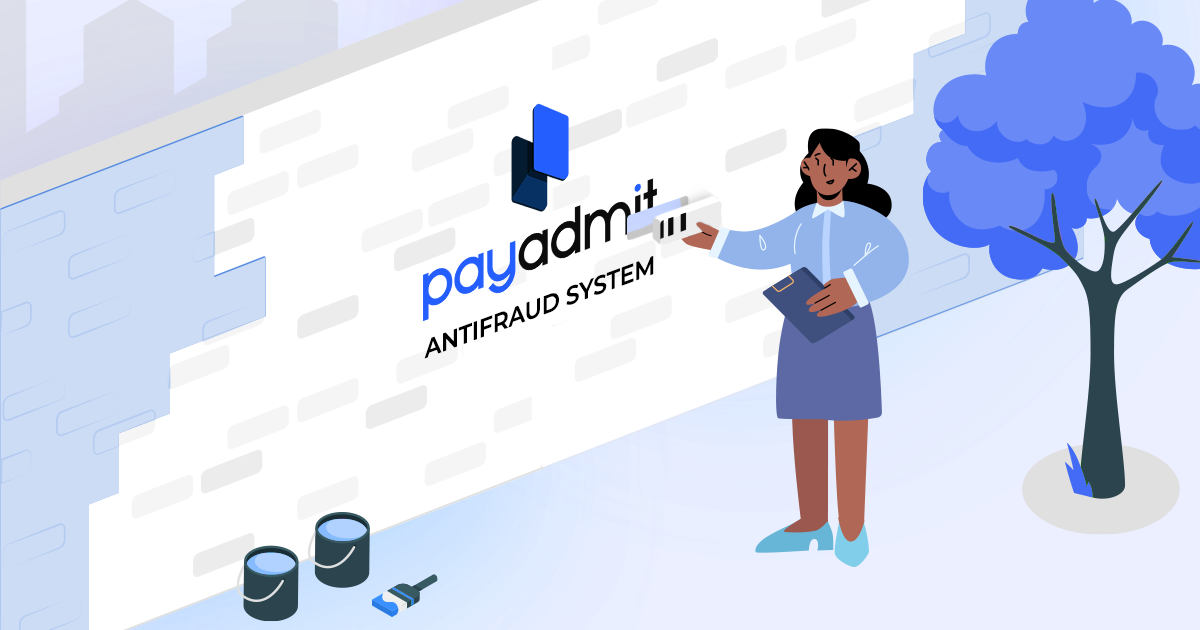What is a Chargeback?
What is a chargeback? It is a procedure that allows you to cancel the payment and return money to a bank card. Chargeback policy is applied if the client does not agree with the payment for one reason or another. Reasons for disputing a payment may include such cases:
- The client transferred money to scammers.
- The transaction was made in error.
- The client received a damaged product or a product that does not match the description, etc.
Now, how does a chargeback work? In order to return the money, the buyer needs to contact the issuing bank (the bank that issued the card with which the payment was made) and submit a corresponding request. The issuing bank evaluates whether it is possible to carry out a chargeback. If the buyer's arguments are convincing, it submits a claim to the payment system, which also evaluates the possibility of a chargeback. If a positive decision is made, the payment system debits the money from the merchant's account and returns it to the buyer.
Customers can apply for a chargeback an unlimited number of times. If the seller does not agree with the claim, they may apply to the arbitration. If the seller proves their case, the chargeback will be canceled, and the money will be returned to their account. However, the customer can dispute the transaction again.
While chargebacks are useful for buyers, they are very bad for sellers. Any request for arbitration requires the payment of an appropriate fee, and with each new request, the fee increases. Accordingly, after a certain number of requests, the next appeal to arbitration will simply become meaningless due to the too high fee. This has spawned fraudulent schemes associated with the chargeback. Therefore, online stores need to have security protocols in place to avoid such problems.




